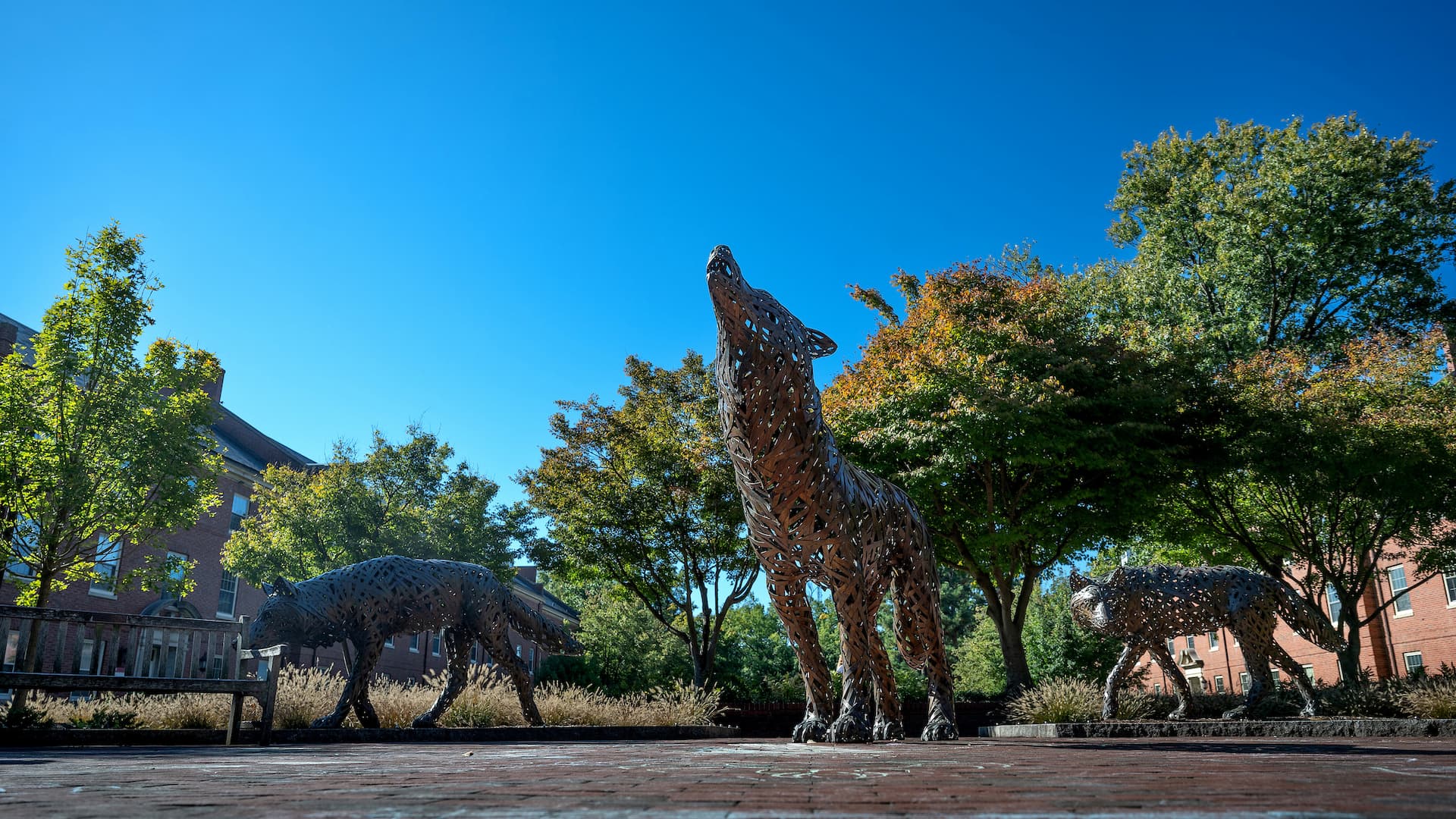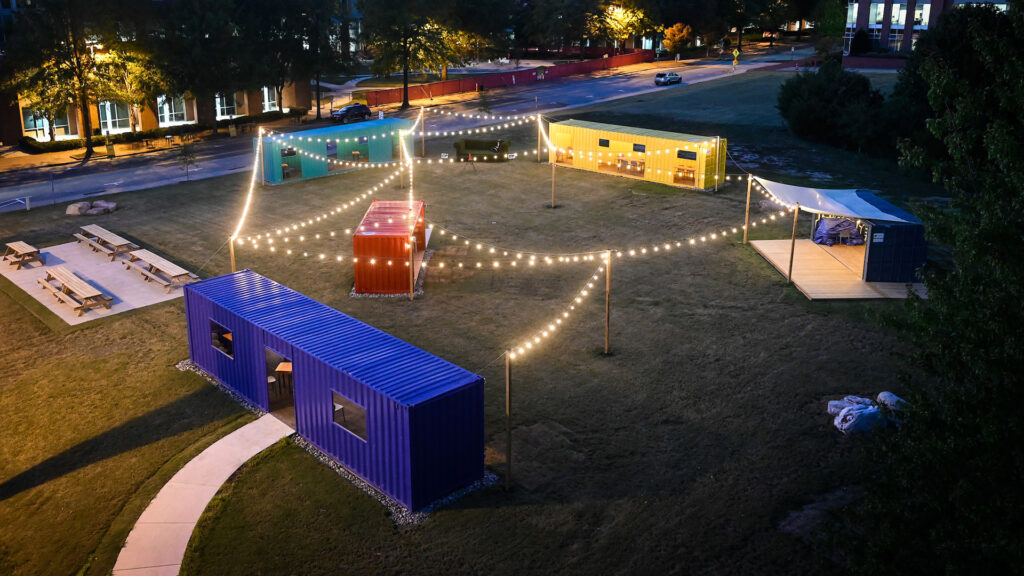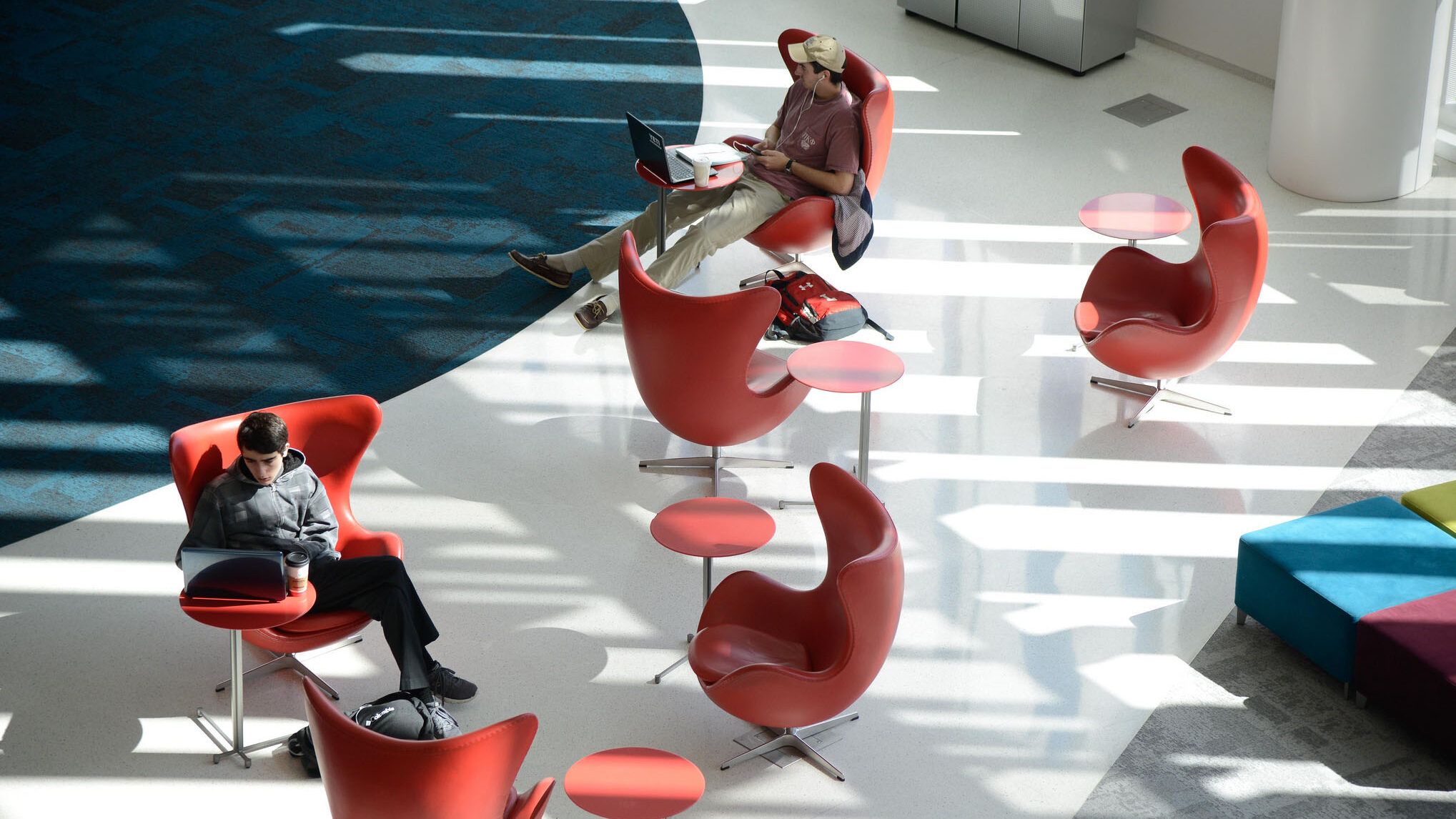
Writing a Marketing Page
Inspire Your Users to Explore
Marketing pages help users explore and learn about a topic. Fill your page with persuasive language, varied content and bold imagery to foster curiosity and interest.
Characteristics of a marketing page:
- Helps users learn about a topic
- Fosters curiosity, interest
- Nonlinear, skimmable
- Persuasive, beautiful
- Varying content
- Typically part of a marketing funnel
- Shouldn’t end the session
If you’re looking for something more streamlined and focused, try out a utility page. Utility pages are meant for sharing practical information and helping users perform very specific tasks.
Featured Content

Full-Width Blocks Add Visual Breaks
Improve the user’s experience by dividing your page into smaller, more manageable sections of related content. Full-width blocks like this Media Divider help to signal that a new section is coming.
Organizing Your Page’s Content
Human brains have a limited amount of processing power; it’s our job as communicators to ensure folks can find the information they’re looking for as quickly and efficiently as possible. As you plan out a webpage on your site, ask yourself: How can I create something that will minimize cognitive load for my users?
When it comes to organizing the content within your page, “chunking” — or breaking up content into small, distinct units of information — is a good place to start.
Chunking involves creating meaningful, visually distinct units of content that make sense in the context of the whole page. By focusing on one portion of information at a time, you help your users to better scan, understand and retain the information you’re sharing.
Shine a Spotlight

The Science Behind How Users Read
It’s nice to imagine that our users will thoroughly read any page we create from top to bottom — but that just isn’t how humans actually read on the web. When we read online, we skim, we skip things and our eyes dart around the page.
If you want to see this in action, the easiest way to start is by watching yourself. Take notice next time you consume digital content:
- When do you scroll?
- When do you stop?
- When do you commit to a long paragraph or article?
- What frustrates you and makes you close a tab?
The better we understand the science behind how users take in information, the more likely we are to write content that’s easy and enjoyable for them to read.

A Parallax Divider Adds a Splash of Motion and Depth
It’s important to back up your message with proof points. A well-placed Quote or Fact block can do just that.
Mr. Wuf
He can’t talk, but he’d probably say this if he could.




